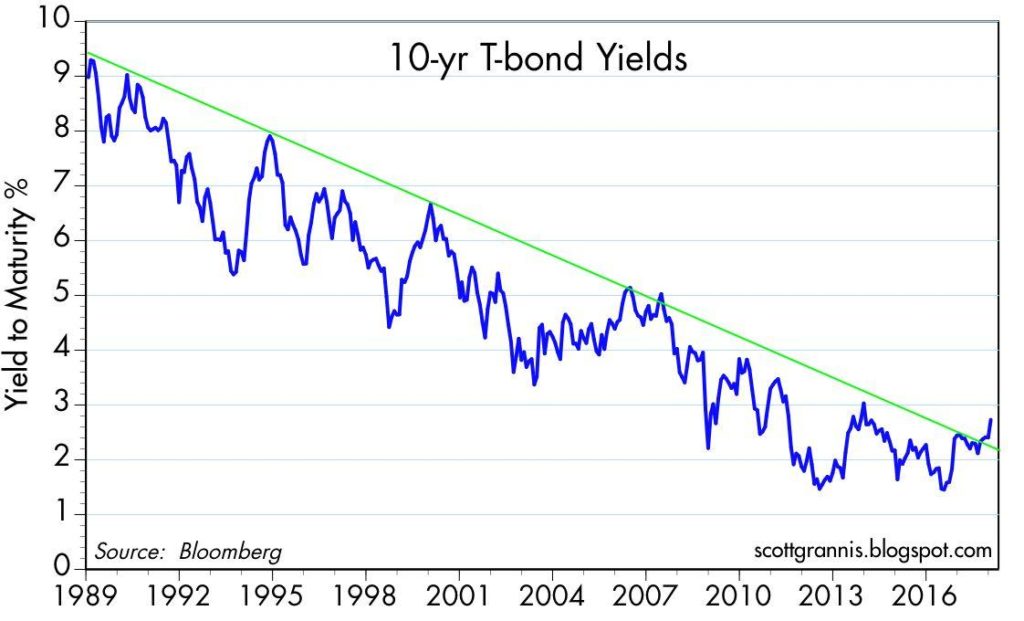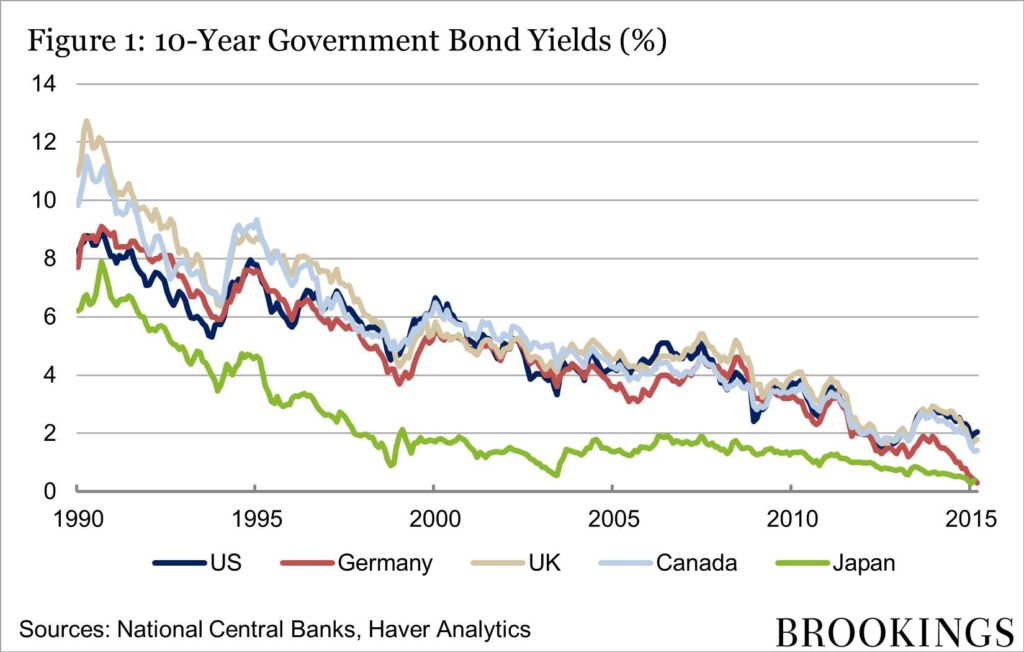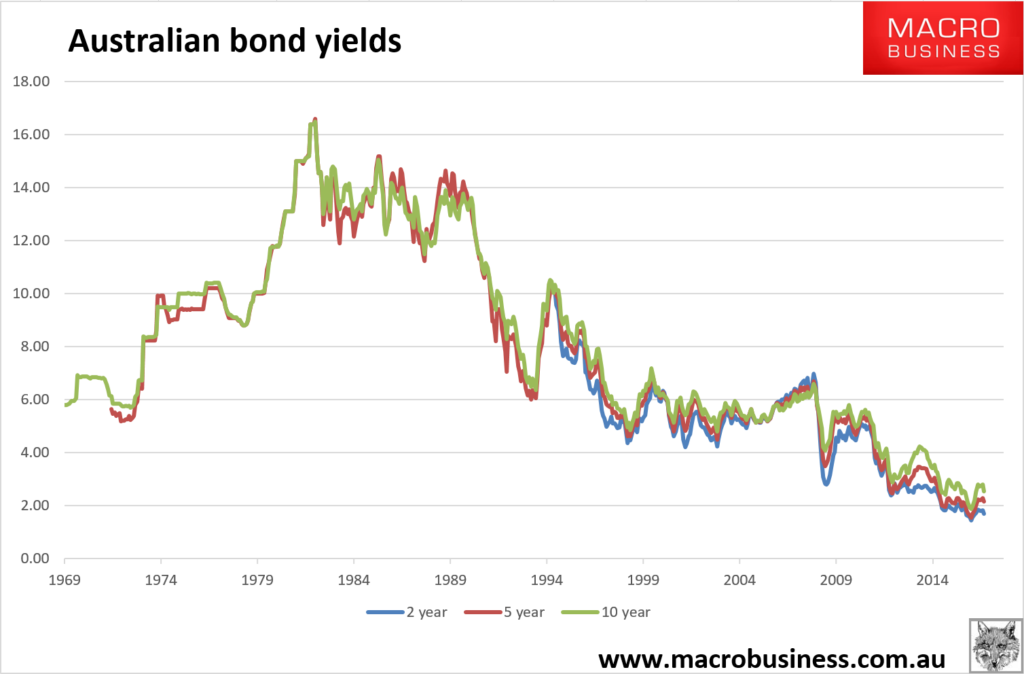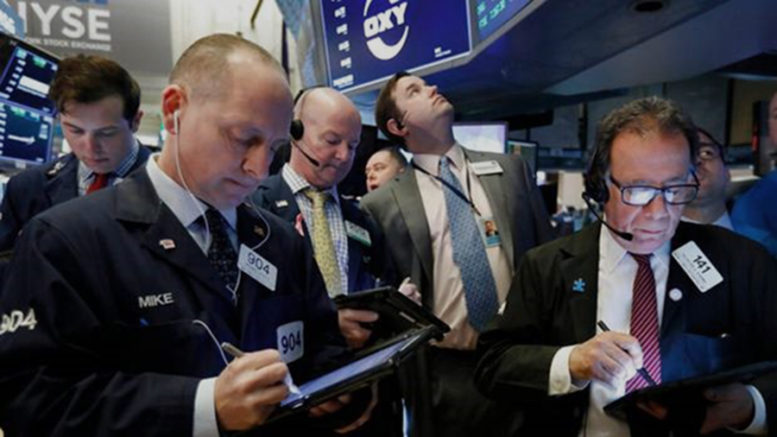Contributed by Joe Montero
At the end of last week global share prices fell substantially. A certain fall in share prices at a given time, may not mean a great deal, given that there is a speculative nature to stock markets.
But if a longer-term pattern emerges, it means a great deal more.
Last week’s was in part condition by performance problems for major multinationals like Nike, DowDuPont, Caterpillar and energy. The biggest impact however, came from the financial services.
There is no doubt that this poor performance stems from problems existing within the American economy.
Worrying economists and big investors most of all, is the low yields in 10-year US Treasury bonds. Earnings from them have now dropped below the 3-year bonds. This is important, because their health or otherwise, is a strong indicator of the condition of he financial system. When the longer-term investment returns less than the shorter term, it signals that major investors are locking their money away and not putting it into shorter-term use.
This shows a lack of confidence, resulting from an expected fall in profits and a consequent further fall in share prices.
Historically, this inversion of the yields has been a precursor to recession. It might well be again.
The graph below shows a long-term decline in yields, except for a small blip in 2016, after which the trend re-asserted itself. Given that this graph is only up to 2016, it does not show this re-assertion.

This next graph would seem to support the contention that since the United states has been the dominant economy through the period, government bond yields in other major economies followed suit. We can see from it that we are dealing with a global problem.

At the end of the day, the financial system is always eventually dragged along by what happens in the economy where goods and services are made and circulated. Since they are an important part of the financial system, the state of the government bond market is a good indicator of the health of the financial economy, and through this, the state of the whole economy.
In recent decades, the United States has led the world in breaking the connection between this real economy and the financial system.
Investment in new technologies has created a more capital intensive and less labour intensive economy, where the costs of per unit production have been lowered in a big way, although not the total cost. A consequence of this is that so long as the volume of output is on a sufficiently larger scale, the profitability of business can be maintained. Part of this story has been the globalisation of production.
The trouble with this is that at some point the market begins to become saturated. Demand can no longer keep up with the supply.
By introducing neoliberalism and it is free unfettered ideal and austerity, governments have helped maintain the bottom line, but at the cost of further undermining the longer-term prospects.
Investment is then withdrawn from the real economy and put into profiting from share trading, speculation and debt. This was helped along, when government brought in a liberalisation of the financial system. It began in the United States and United Kingdom, and no other nation did it as thoroughly as Australia.
Back to the present. There is no doubt that the trend over some decades has re-asserted itself and is causing some serious nervousness among economists and big investors. The new part is the inversion between the long-term and short term government bond yields.
The weakness of the financial economy is the reason behind the deliberate policy of the Fed to keep interest rates down. Rising interest rates would cause more instability and uncertainty in these circumstances. The yield problem adds a new layer to it.
Affected by similar pressures, the global economy is experiencing much the same. Economic growth as it is measured is declining and there is a significant risk of global recession.
No one knows if this is going to be overcome in the short-term or not. Many factors come into it But if we put out attention on the long-term trend, it doesn’t look so good.
It is undeniable that some new thinking is needed to overcome serious failings in the existing economy. And this means that it must be re-thought. An economy based on unfettered market forces and servicing individual and short-term interests, at the expense of social and longer-term needs is found wanting.
A solution must depend on building an alternative that not only ensures that the financial system meets the real needs of all the human beings who exist in the economy, but also works to build a real economy that meets both genuine individual and social needs.
Australia is now particularly vulnerable to a shock from the financial system, given that our economy is so closely integrated into United States economy, and largely driven by a property bubble, household debt and foreign investors using the Australian currency as a vehicle for speculation.
The graph below shows that Australian bond yields are following the same path.

One of these days we might just be forced to do something about this.


Be the first to comment on "A creaking financial system and falling US Treasury bond yields raise recession fears"